Measuring the Impact of Employee Volunteering: What Metrics are Most Important and Why
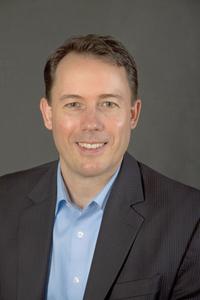

Submitted by Guest Contributor
By Farron Levy, President, True Impact
Employee volunteering can be a powerful force for improving the lives of those in need, promoting community wellbeing, and supporting important social initiatives. At the same time, such programs can support core business interests, like employee engagement and development, sales, recruiting, and stakeholder relations.
But too often companies invest in employee volunteer programs under the promise of these social and business benefits, with little follow up as to whether their particular volunteer activities are generating these results.
As with any investment, measurement is what enables managers to prove – and improve – the value of their volunteer programs.
First, objective measures enable you to report to leadership and other stakeholders on the social and business return on investment (ROI) of your volunteers’ time, often crucial to attracting and retaining support for your program. Second, such measures enable you to identify what components of your program are working well, so you might replicate them, and what components are falling short of expectations, so you can intervene and improve them.
But how do you measure the impacts of your volunteer program in a way that is both practical and compelling? Here are a few practical tips:
Measuring Social Value
The most common way to convey a volunteer program’s social value is to monetize it: that is, calculate how much money nonprofits saved by not having to pay someone to perform the services  your volunteers provided for free. To monetize the value of services provided by your volunteers, calculate the total number of reported service hours, multiplied by the value (rate) of the services they provided.
your volunteers provided for free. To monetize the value of services provided by your volunteers, calculate the total number of reported service hours, multiplied by the value (rate) of the services they provided.
One of the best sources of data for this calculation is the US Bureau of Labor Statistics, which maintains a comprehensive database of job functions and mean wages from across the country. The Independent Sector’s annual average value of a volunteer hour calculation is derived from this database, however, your own calculations will be more accurate – and you will be better positioned to steer your own programs towards higher-value activities – if you track value at an activity level rather than on a composite basis (e.g., where Food Service is $11.28 per hour and software systems development is $54.07, compared to using the Independent Sector composite value of $21.79 for all activities).
Another way to measure social value is to gather feedback on how the volunteer service helped improve the capacity of the nonprofit served. Options include:
- Increasing efficiency: helping a nonprofit to use fewer resources – such as man hours or materials – in performing its operations or delivering its services
- Increasing effectiveness: helping a nonprofit increase the success rate of the services it provides (e.g., for a nonprofit fighting homelessness, the percentage of homeless people served that ended up sustainably housed)
- Increasing reach: helping a nonprofit to serve more beneficiaries
Traditional volunteerism (applying non-specialized skills, such as tutoring or food preparation) is often most appropriately measured via monetization or reach numbers, while skilled volunteerism (applying professional or professional-level skills) can more frequently be translated to efficiency and effectiveness gains.
Measuring Employee Satisfaction and Engagement
Employee engagement is an important driver of productivity and retention, and as a result many companies regularly gather survey feedback from their employees to monitor whether corporate practices and policies are keeping engagement levels high. Volunteerism – with its ability to engage employees with social issues they care deeply about, while interacting with colleagues or learning new  skills – can be an powerful tool for bringing a more well-rounded sense of fulfillment and engagement to the workplace.
skills – can be an powerful tool for bringing a more well-rounded sense of fulfillment and engagement to the workplace.
So, instead of simply gathering feedback on how satisfying employees find their specific volunteer experience, consider going one step further and asking how important such volunteerism is to their overall job satisfaction.
Using categories and questions that match how your company already tracks employee engagement is a powerful way to convert your results into a “currency” that your company already uses and can immediately relate to. Immediate post-volunteerism surveys and exit surveys from departing employees can be effective data collection tools as well.
Measuring Skill Development
Volunteers often apply professional skills when they volunteer, but that’s not the same as developing skills. Volunteer programs that put employees in a position to “stretch” – for example, to gain capabilities and experience with project management, client relations, or other job-related skills – are more likely to earn the attention (and participation!) of your human resources or talent-development departments.
As with engagement impacts, look to track skill development effects in the same terms – such as skill types and proficiency levels (either formally or informally) – that are already used within your company.
For those looking to monetize the value of skill development, options include:
- Calculating productivity gains by estimating the resulting efficiency improvement (e.g., how many hours are saved multiplied by the average salaries of those who realize the improvement)
- Calculating avoided cost by estimating the price of having employees trained on the skills that were gained through the volunteerism experience
The data for either of these calculations tend to be easily available from an HR department.
Measuring Sales, Recruiting and Stakeholder Effects
Volunteerism can help your company attract or retain customers in much the same way that it can also influence the behavior of recruiting prospects, business partners, regulators, legislators, advocacy groups, and other stakeholders: through brand enhancement and relationship development.
Generating positive PR can put your company “top of mind” or improve perceptions among stakeholders. Many companies measure performance in this category by tracking the number of  media impressions they earned (i.e., how many people viewed or heard the story generated by the media outlet).
media impressions they earned (i.e., how many people viewed or heard the story generated by the media outlet).
This may be another type of acceptable currency within your company, yet it’s not itself a measure of bottom-line value. For that, you need to look at what kind of behavior changed as a result of the brand enhancement.
For example, is there a change in the number of customers or what they purchased, or the number of applicants or their job-offer acceptance rate, or the nature of regulatory action and the effects on the company’s costs? Brand effects can be powerful and generate substantial bottom-line value for a company – effects that tend to be most easily tracked by the functional area being affected (e.g., sales and marketing, recruiting, and government affairs).
That said, one must be realistic about the potential impact of an individual volunteer activity – or even an overall volunteer program – in its ability to “move the needle” on stakeholder perceptions in a way that will translate into these kinds of behavior changes.
Whether your company is likely to benefit in these ways depends on the dynamics of your industry and your specific company: it is a determination you may be able to make via discussions with the internal departments that would be potentially impacted, based on their experience with related interventions.
Next Steps
One of the wonderful things about volunteerism – and corporate citizenship activities in general – is the many positive social and business ripple effects that can result. And while none of these individual effects are particularly difficult to measure, trying to take on all of them at once can feel overwhelming.
Instead, try focusing on one or two impacts at the beginning, and use as light a touch as possible in whatever data collection approach you take (piggybacking on existing management systems is often easiest). The best solution is the one that runs in the background, requiring little if any extra effort among administrators, accumulating data for when it’s time to generate that report for leadership (to prove value) or identify strengths and weaknesses for strategic planning (to improve value).
______________________
Metrics, measurement and their effectiveness will be discussed in depth at the only conference dedicated solely to employee engagement – the Charities@Work best Practices Summit taking place on April 3 and 4 in Manhattan. Learn more about the conference and register.
About the Author:
Farron Levy is president of True Impact (www.trueimpact.com), which provides web-based tools and consulting services to help companies such as Deloitte, PepsiCo, Pfizer, Wells Fargo, and their nonprofit partners to measure the social, financial, and environmental impact of their corporate citizenship activities.



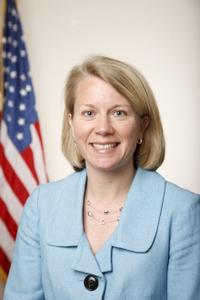

 operating a bank branch and offering savings products to their fellow students and faculty, but also for teaching their peers about money management topics such as budgeting and saving. The program provides real-world job experience – all of the students receive professional job training, entry-level bank teller salaries, mentoring, and career – and college preparatory experiences through colleges and universities.
operating a bank branch and offering savings products to their fellow students and faculty, but also for teaching their peers about money management topics such as budgeting and saving. The program provides real-world job experience – all of the students receive professional job training, entry-level bank teller salaries, mentoring, and career – and college preparatory experiences through colleges and universities. ranking of America’s most community-minded companies.
ranking of America’s most community-minded companies. Gulotta, executive director of the Legal Aid Justice Center. “Calling and calling and calling is not very efficient.”
Gulotta, executive director of the Legal Aid Justice Center. “Calling and calling and calling is not very efficient.”



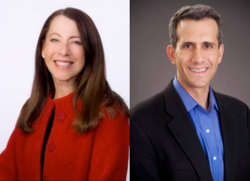

 see if my values and work ethic, love of knowledge and events, matched those of the firm: collaboration, hard work, entrepreneurial spirit, imaginative thinking, courage, integrity and a singular focus on the client.
see if my values and work ethic, love of knowledge and events, matched those of the firm: collaboration, hard work, entrepreneurial spirit, imaginative thinking, courage, integrity and a singular focus on the client.  Learn to write. Well.
Learn to write. Well.

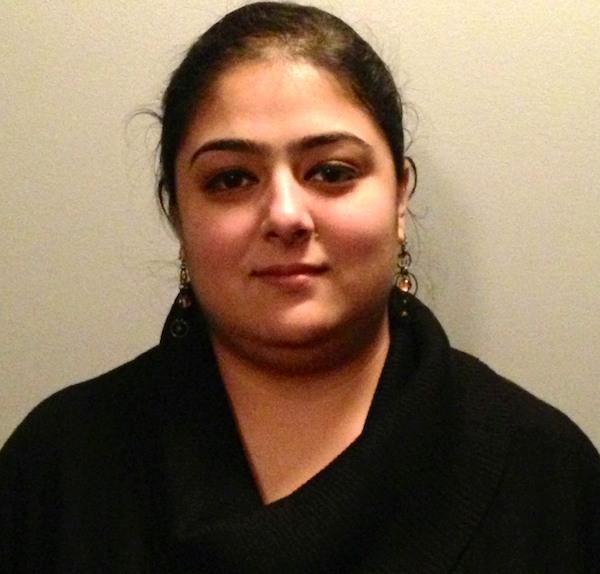

 Consumer Division, to discuss the impetus for GAIA.
Consumer Division, to discuss the impetus for GAIA. sustainable product development," he added.
sustainable product development," he added.  aims to avoid. But when it comes to sunscreen, the U.S. Food & Drug Administration [FDA] has approved zinc oxide as an active ingredient in these products and alternative sunscreen active ingredients have other potential environmental concerns.
aims to avoid. But when it comes to sunscreen, the U.S. Food & Drug Administration [FDA] has approved zinc oxide as an active ingredient in these products and alternative sunscreen active ingredients have other potential environmental concerns.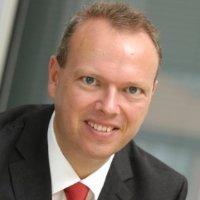

 growing population and more people leaving the countryside to live in urban areas. This poses a significant challenge for housing, social welfare, energy consumption and related issues. It is no surprise then that businesses are being asked more and more to make a contribution to solving these problems.
growing population and more people leaving the countryside to live in urban areas. This poses a significant challenge for housing, social welfare, energy consumption and related issues. It is no surprise then that businesses are being asked more and more to make a contribution to solving these problems. enthusiastic but narrow, focus on the problem itself. Such an Invention-centred approach, without long term perspective planning fails to deliver a scalable Innovation.
enthusiastic but narrow, focus on the problem itself. Such an Invention-centred approach, without long term perspective planning fails to deliver a scalable Innovation. 
